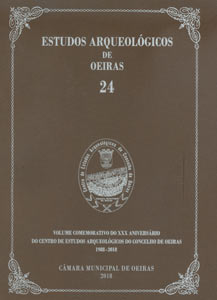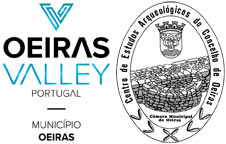Las cabritas de bronce de la diosa Ataecina
Palavras-chave:
Bronze goat figures, Celtic religion, Dea Ataecina, Hellenistic bronzes, Lusitania, Roman bronzesResumo
Study of thirty small bronze goat figurines. They appear in the southwest of Hispania, from Bajo Alemtejo to Alta Extremadura, in the southern territory of the Provincia Lusitania. Its dispersion coincides with epigraphs dedicated to the local Celtic goddess Ataecina, which confirms its relationship with the cult of this divinity, raised since 1885 when F. Fita interpreted the inscriptions on two of these bronze goats found in La Zafrilla, Cáceres.
Some of them offer a style of evident quality, although the majority are works of popular artisans. Although their archaeological context is unknown, their style date them from the III century BC. until the 2nd or 3rd century AD. They testify to a popular rite practiced for more than half a millennium related to the cult of Ataecina, documented by more than 30 inscriptions and these 30 goat bronze figurines, which should be considered a minimum sample of the testimonies in Antiquity. Therefore, it was a very popular and widespread cult, probably originating from an ancestral Mother Goddess, perhaps of megalithic origin, practiced by the Celtici, the Celtic people who inhabited those territories until its Christianization.
Downloads
Publicado
Como Citar
Edição
Secção
Licença
Os artigos publicados são da exclusiva responsabilidade dos Autores.
É expressamente proibida a reprodução de quaisquer imagens sobre as quais
existam direitos de autor sem o prévio consentimento dos signatários dos artigos
respectivos.




